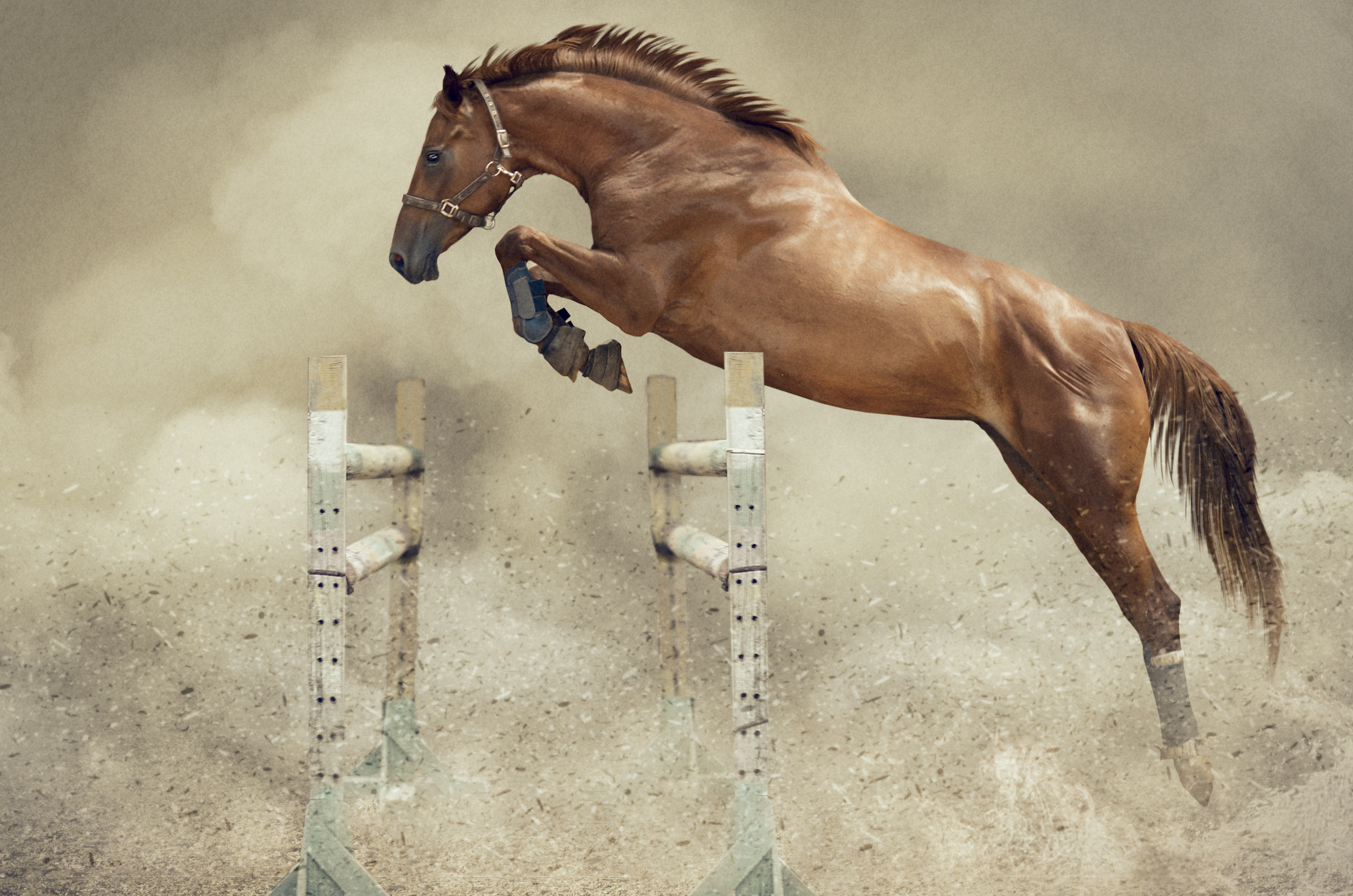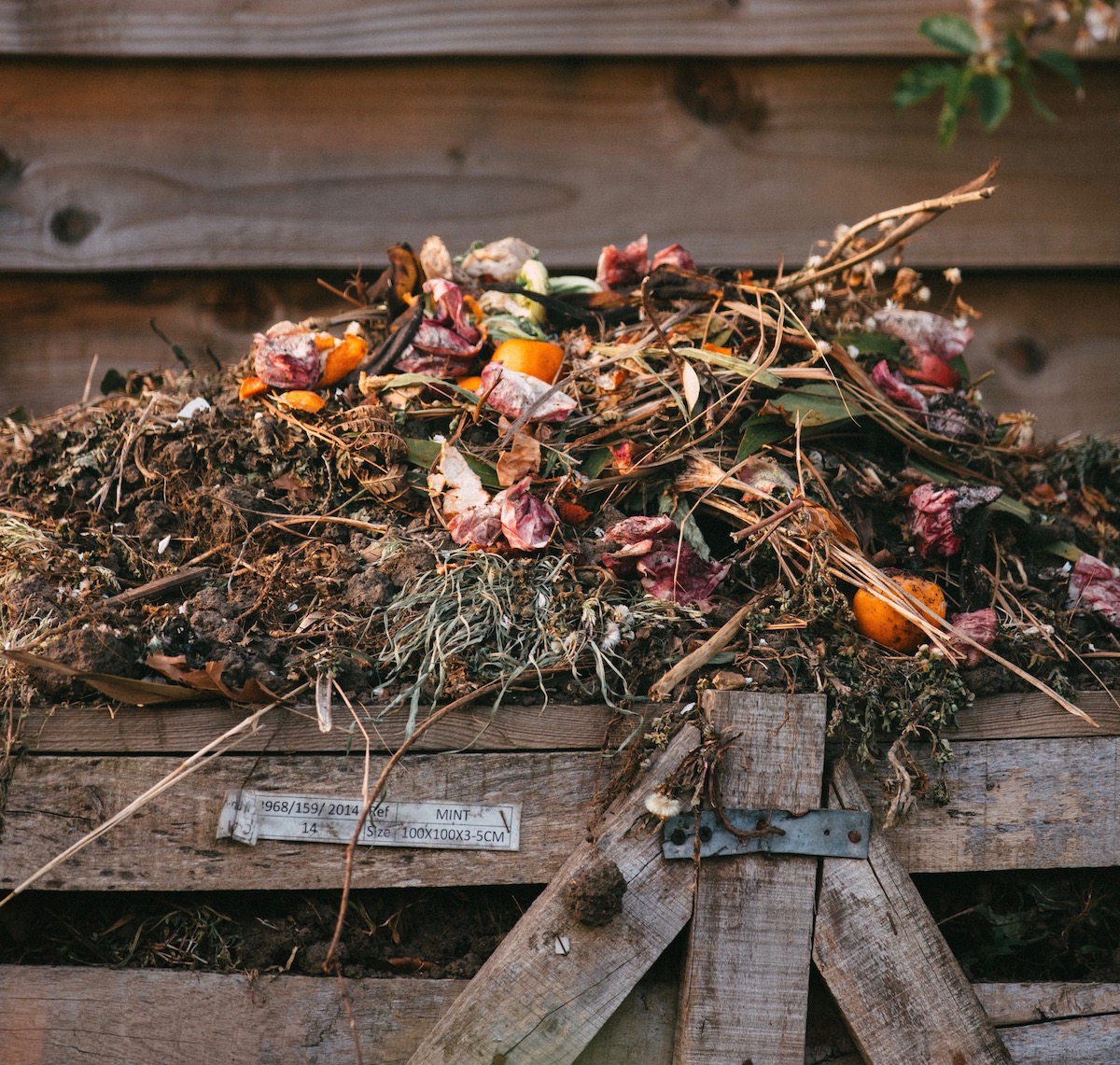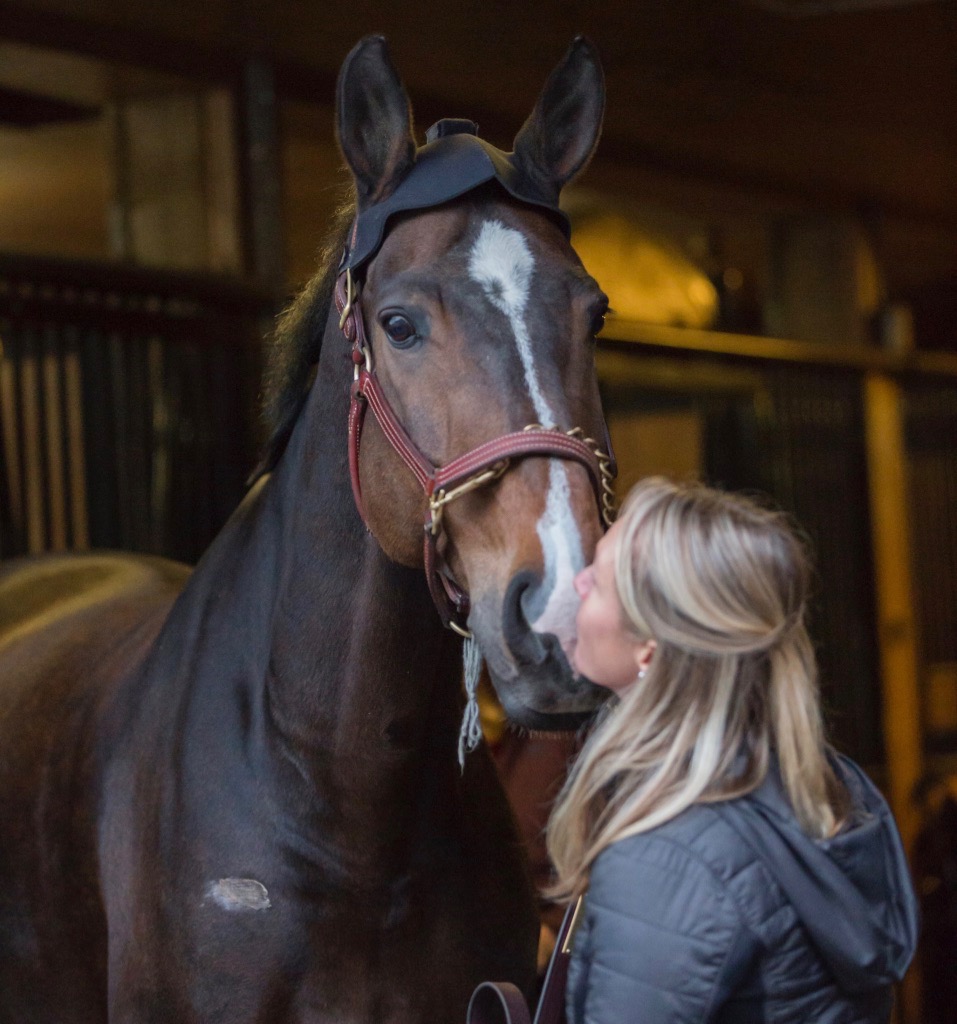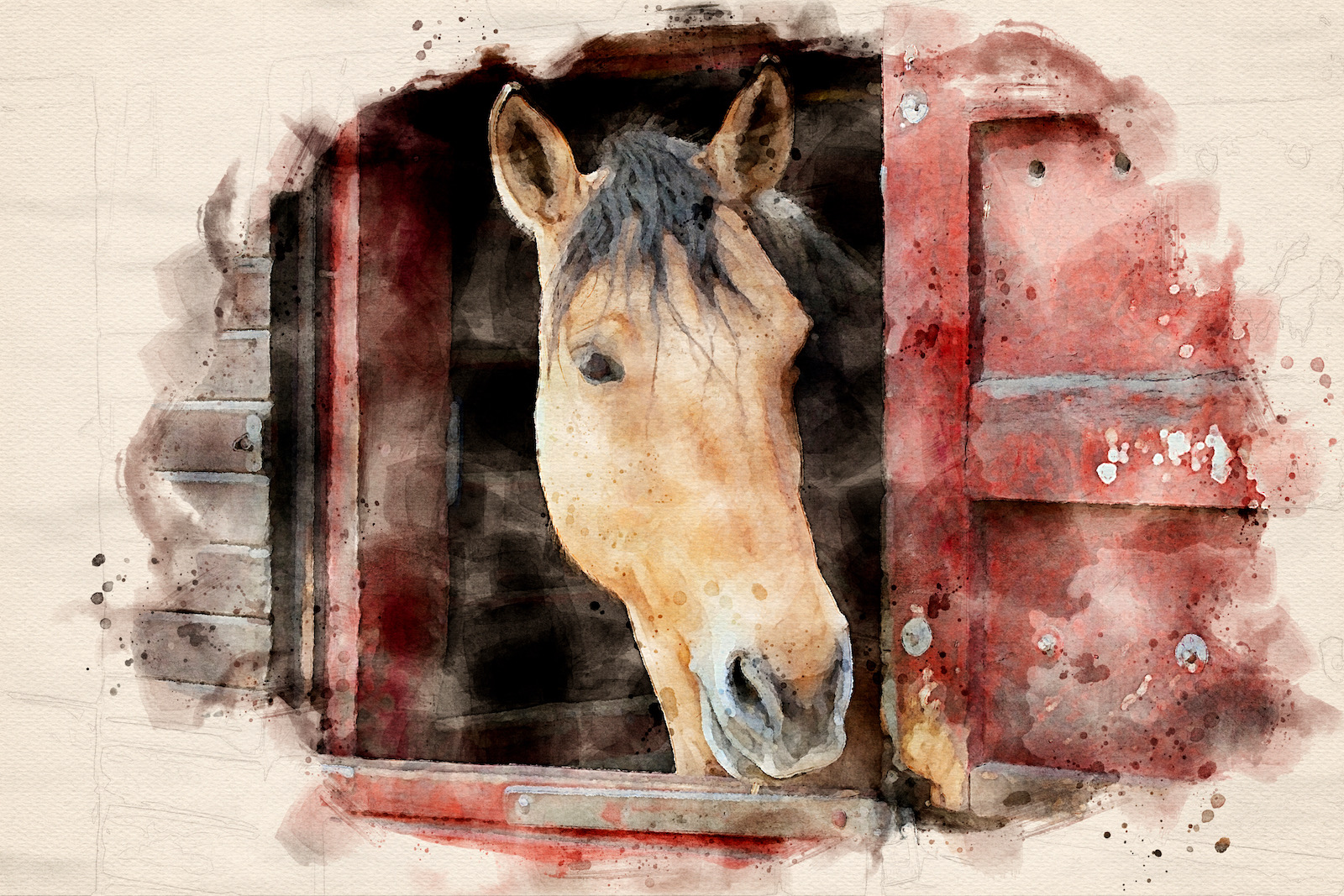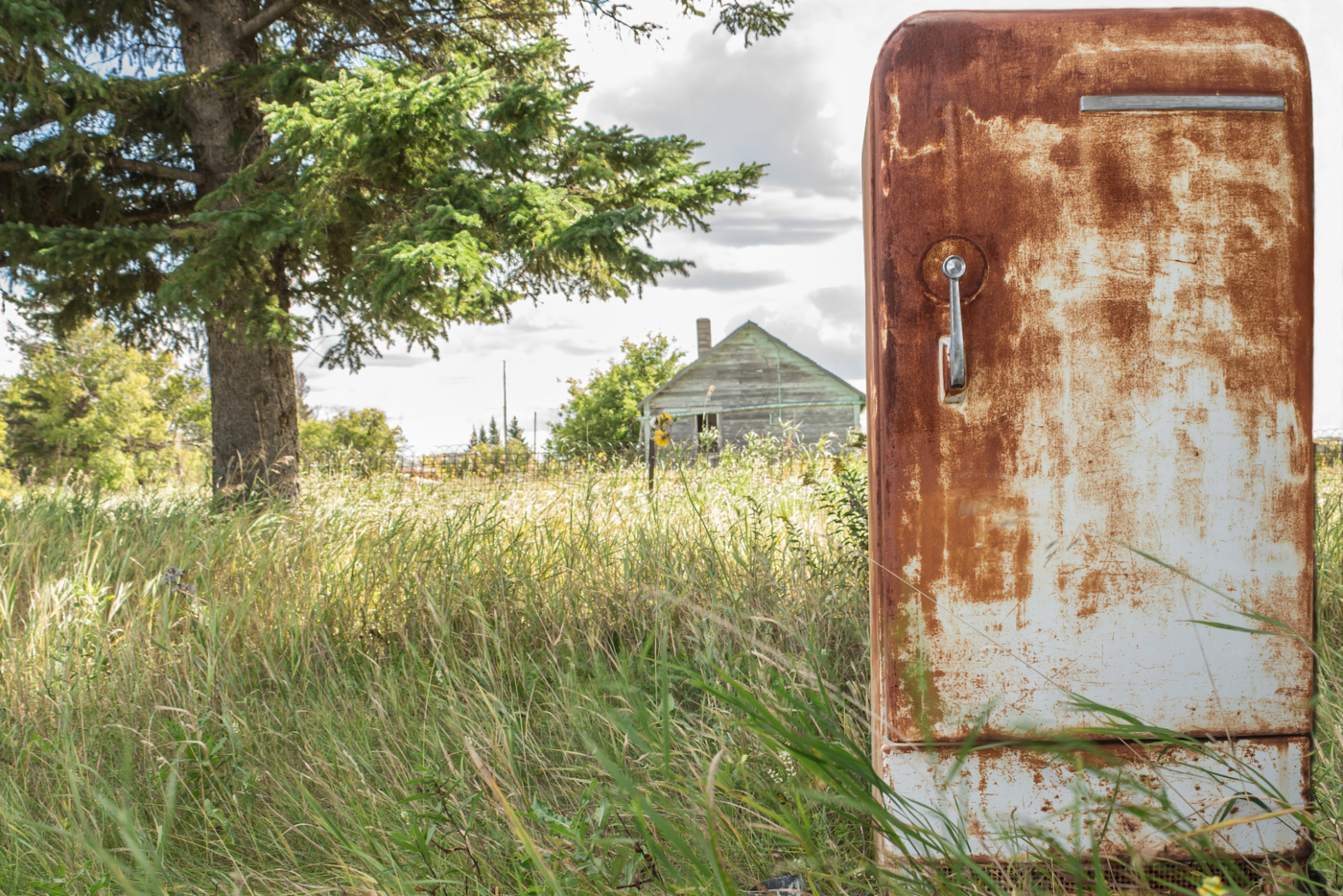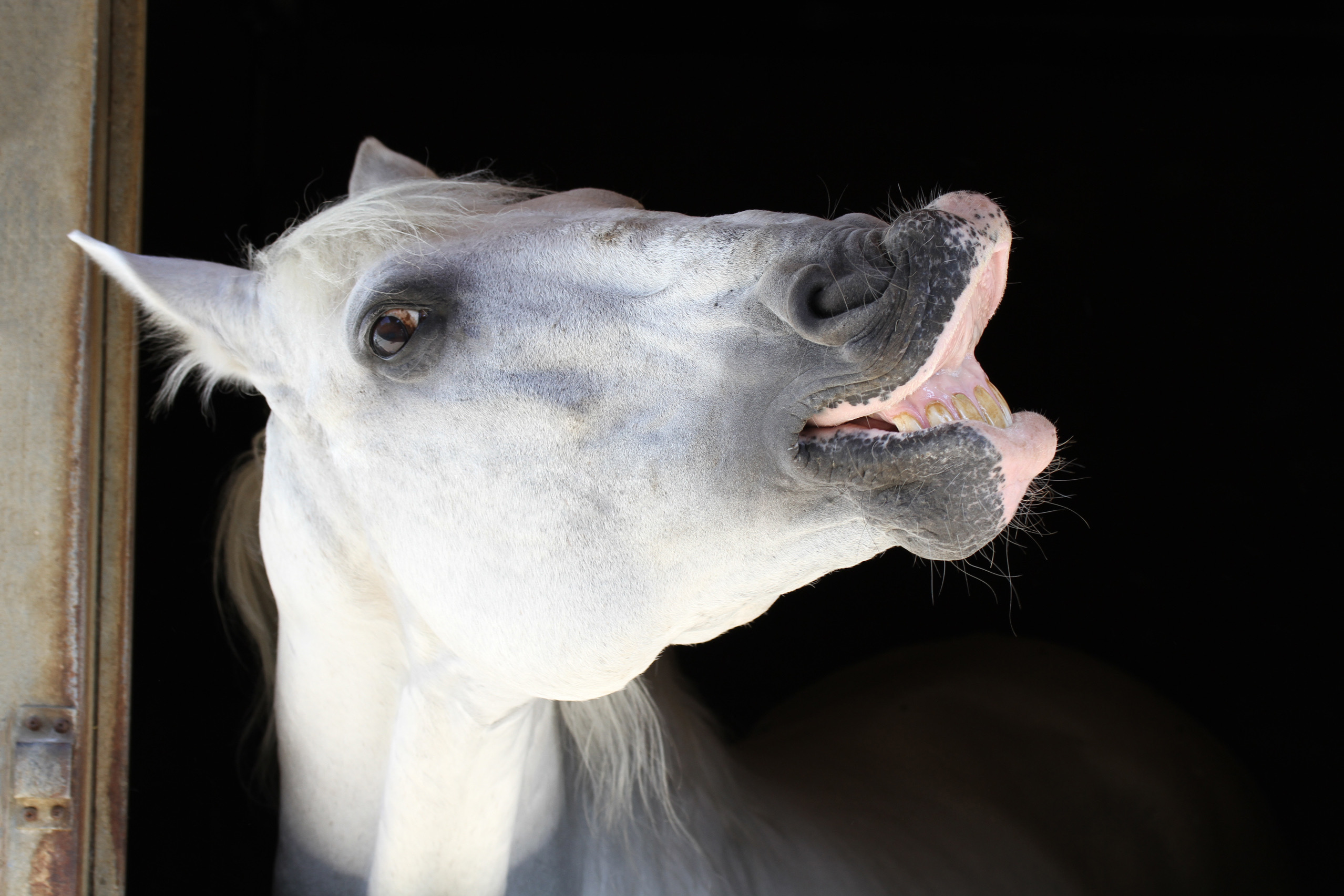Three consecutive weeks of watching high-performance horses dash effortlessly around complex courses at WEG and The American Gold Cup had us saying, “Dayum.” While the incredible tests of both horse and rider were motivating, we couldn’t help but notice the tight hindquarters, strong backs, and svelte waistlines of those leggy, spring-loaded jumpers.
While a horse in consistent work is sure to stay in relatively decent shape, we know from experience that a steady pilates or gym routine will only go so far (especially when a generous spoonful of Funfetti cake frosting often serves as the mid-afternoon snack of choice*). Obviously, nutrition also plays a critical role in optimum performance and a healthy physique. With this – and the adage, “you are what you eat” – constantly ringing in our ears, we wondered if we were doing enough to address the dietary needs of our own geldings. We know opinions and wives tales are aplenty, so we asked Cargill’s ProElite nutrition specialist, Jessica Upham, for a quick refresher on feed and forage.
Ever a label-conscious team here at OR, we were full of questions that require answers far too detailed for an OR subscriber’s inbox to handle. Therefore, we are dishing them out in installments, and this week we’re starting with the basics. In “The Power of Nutrition: Part One,” Upham broke it down for us quite simply, explaining that in order to properly evaluate an otherwise healthy horse’s diet, one must look at the shape of its body, then visually divide it into three parts to help aid in adjusting the basic levels of protein, fat, and fiber:
The Topline (protein):
Any horse under saddle requires a strong topline, since the muscles that run along the spine from the neck to the rump help keep a horse round and balanced. A curved or depressed back with a flat croup is a sign of muscle attrition, which indicates a diet lacking in the amino acids commonly found in protein. A protein-hearty diet will repair those muscles, building them back up for support, and filling in the topline. Since most feeds average 12% or 14% protein, Upham recommends a concentrated feed with as much as 30% protein such as the ProElite® Diet Balancer pellet that can be provided in smaller amounts, or as a supplement to other feeds.
The Ribcage (fat):
Keeping weight on a horse can be just as frustrating as keeping a horse trim. One should be able to feel, but not see, a horse’s ribcage. Most feeds contain 3-6% fat, but for better rib coverage, a high calorie feed such as ProElite® Senior with 10% fat, or ProElite® Performance with 12% fat is recommended. On the contrary, to reduce rib coverage, look for lower fat feeds such as the ProElite® Calorie Wise or ProElite® Diet Balancer pellets.
The Barrel (fiber):
The condition of the barrel is also a sign of an ample or insufficient diet, specifically as it relates to fiber. The barrel should display a round, easy flow, with no sharp lines. A barrel that is drawn in toward the flank indicates that the horse’s feeding program requires more fiber. Upham suggests assessing the quality and quantity of hay that is being fed. If the horse is being offered free choice hay, the next option is to supplement with chopped forages, alfalfa pellets, or hay pellets. In contrast, to reduce a “hay belly,” the trick is to scale down fiber intake without reducing the hours the horse is consuming hay so that the pH of the gut remains balanced. For this, Upham recommends adding a Nibble Net (and we’re big proponents as well!).
Since every horse has its own individual needs, Upham says there is no universal ratio of protein/fat/fiber. Diets should be custom to every horse, and the efficiency of using a single feed for an entire barn has fast fallen out of favor in many training programs. Upham is able to customize a diet with multiple feeds that, when fed individually or in combination, are able to address each animal’s individual requirements.
Pretty simple stuff, indeed, but whoa! … What about energy levels and specific ingredients? Keep your ears forward for “The Power of Nutrition: Part Two” in just a couple of weeks.
*Before you judge, just know that we start our days with this not-so-tasty-but-very-healthy smoothie, and a little rainbow frosting never hurt anyone.


